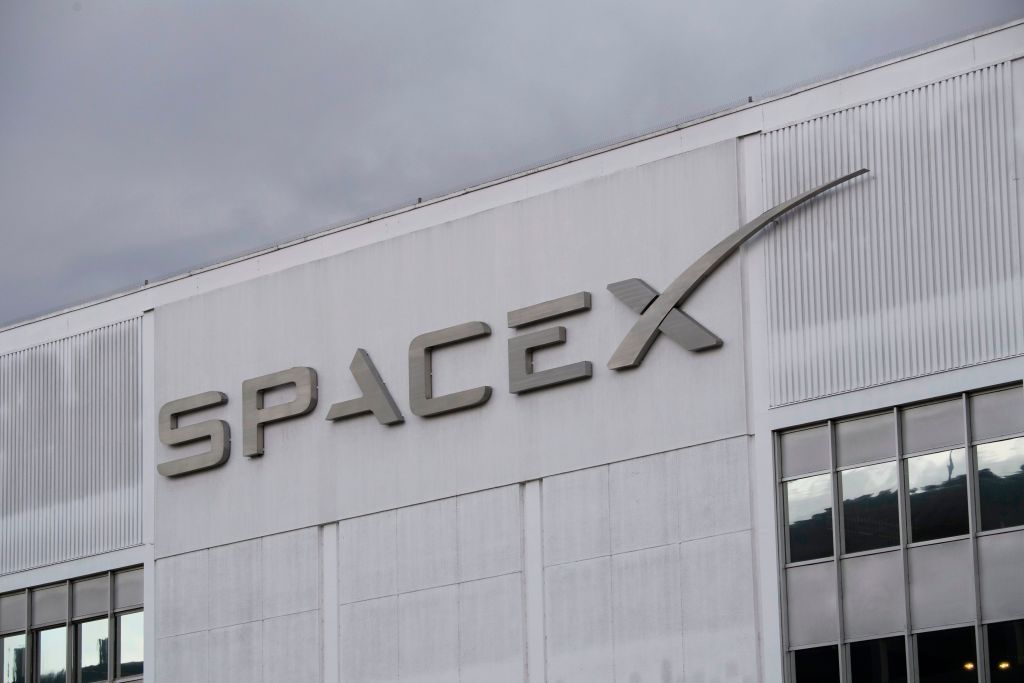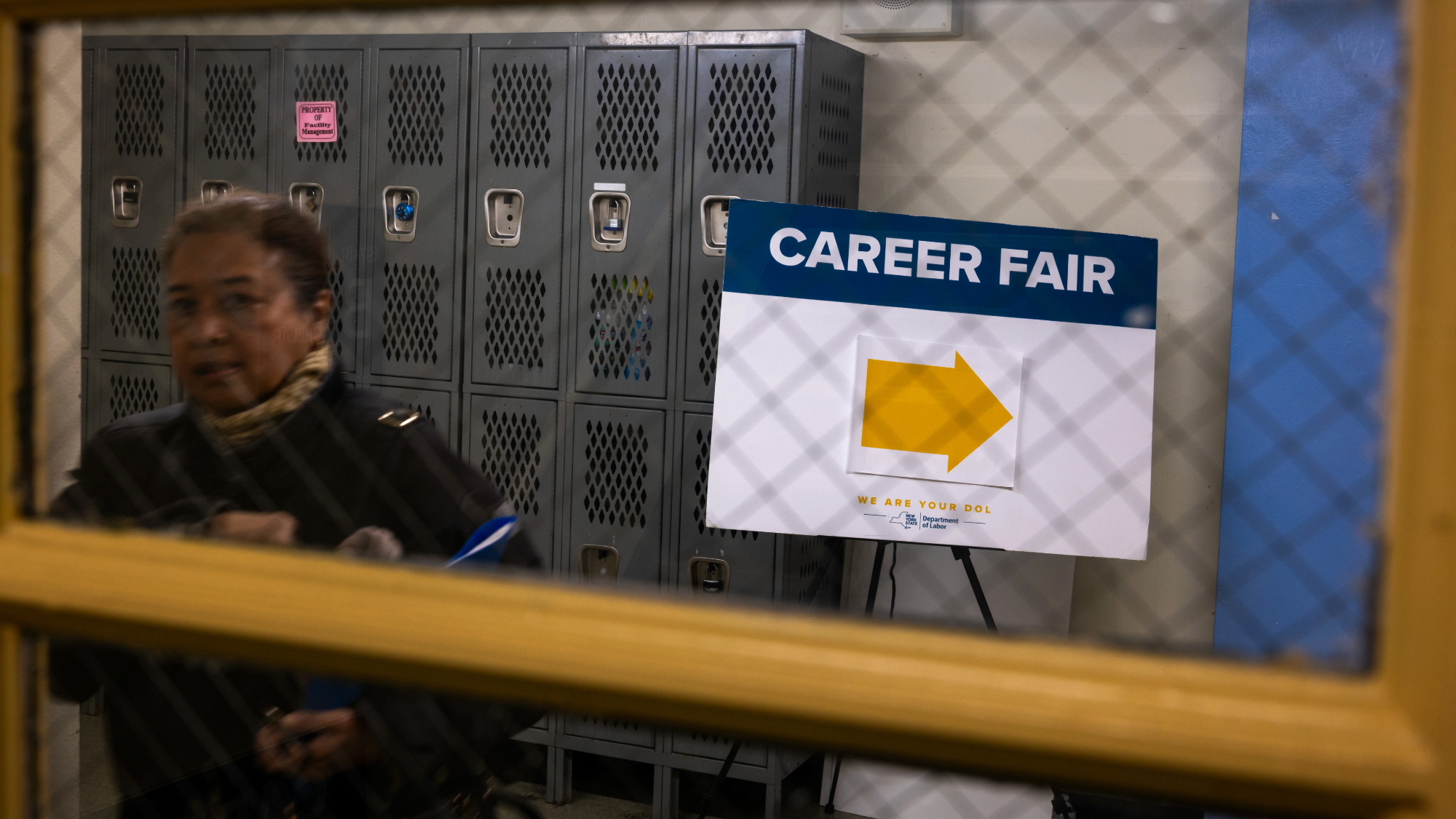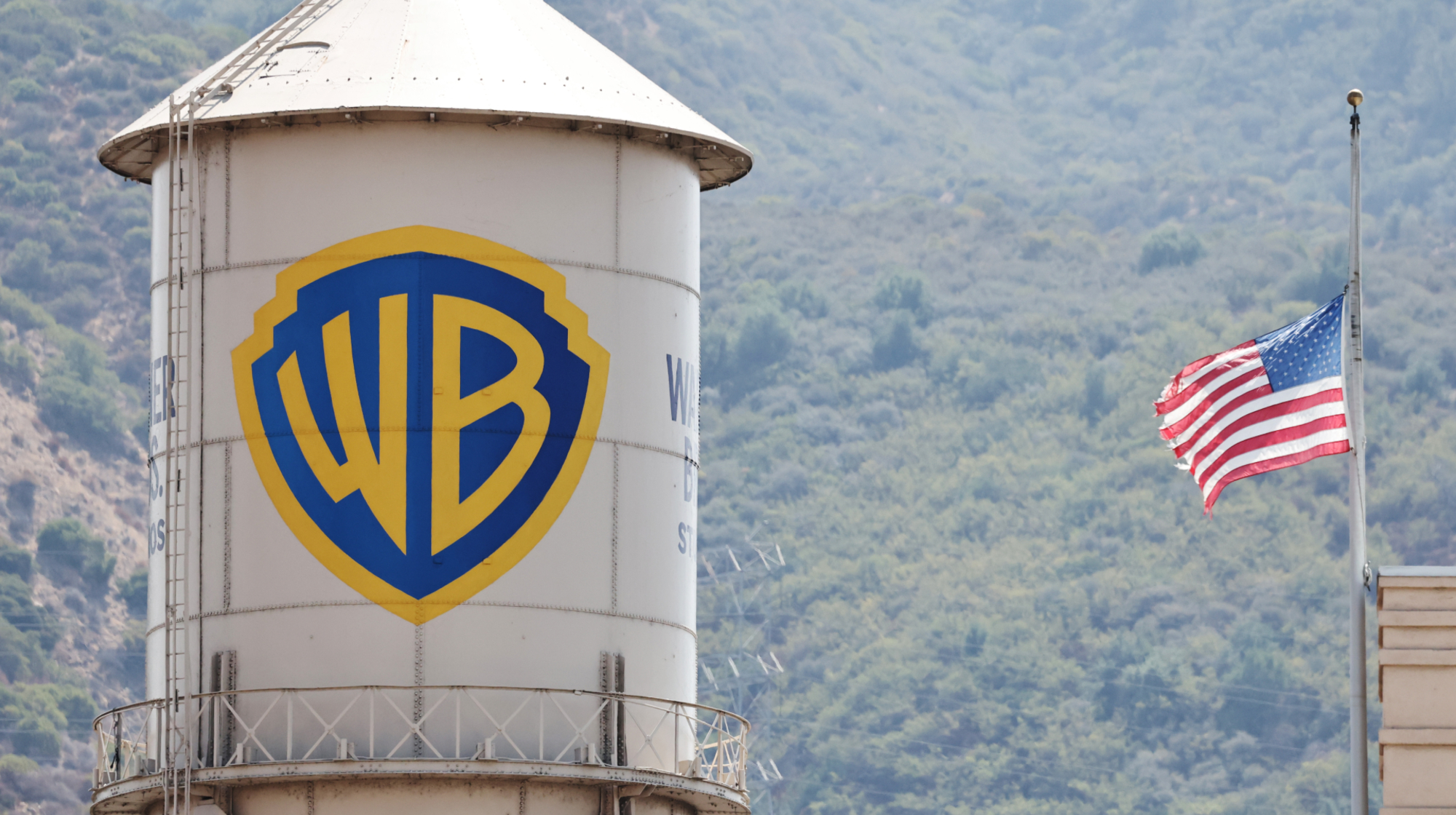Why NASA chose SpaceX to build its lunar lander


NASA on Friday tapped SpaceX to help bring humans back to the moon later this decade as part of its Artemis Program.
The agency announced Friday that it will award Elon Musk's company a $2.89 billion contract for the development of its Starship vehicle, an uncrewed flight test to the moon, and, finally, a crewed mission that will land on the lunar surface. SpaceX beat out Dynetics and Jeff Bezos' Blue Origin for the opportunity, thanks in large part to its affordability. SpaceX's bid cost about half of Dynetics' and a quarter of Blue Origin's, Ars Technica reports. So while Starship has plenty of innovative features that made it an enticing candidate, "budget appears to have been the biggest factor" since NASA has struggled to secure funding from Congress for the lunar landing.
Ars Technica suggests NASA likely isn't done, however, explaining that "a sole-source award to SpaceX for the Human Landing System will certainly not be particularly popular in Congress, where traditional space companies such as Lockheed Martin and newer entrants like Blue Origin have more established lobbying power." In other words, the move "sends a clear message from NASA and the White House" — which has endorsed the Artemis Program and its goals — "to budget writers in the House and Senate." Read more at Ars Technica.
The Week
Escape your echo chamber. Get the facts behind the news, plus analysis from multiple perspectives.

Sign up for The Week's Free Newsletters
From our morning news briefing to a weekly Good News Newsletter, get the best of The Week delivered directly to your inbox.
From our morning news briefing to a weekly Good News Newsletter, get the best of The Week delivered directly to your inbox.
A free daily email with the biggest news stories of the day – and the best features from TheWeek.com
Tim is a staff writer at The Week and has contributed to Bedford and Bowery and The New York Transatlantic. He is a graduate of Occidental College and NYU's journalism school. Tim enjoys writing about baseball, Europe, and extinct megafauna. He lives in New York City.
-
 Political cartoons for January 4
Political cartoons for January 4Cartoons Sunday's political cartoons include a resolution to learn a new language, and new names in Hades and on battleships
-
 The ultimate films of 2025 by genre
The ultimate films of 2025 by genreThe Week Recommends From comedies to thrillers, documentaries to animations, 2025 featured some unforgettable film moments
-
 Political cartoons for January 3
Political cartoons for January 3Cartoons Saturday's political cartoons include citizen journalists, self-reflective AI, and Donald Trump's transparency
-
 TikTok secures deal to remain in US
TikTok secures deal to remain in USSpeed Read ByteDance will form a US version of the popular video-sharing platform
-
 Unemployment rate ticks up amid fall job losses
Unemployment rate ticks up amid fall job lossesSpeed Read Data released by the Commerce Department indicates ‘one of the weakest American labor markets in years’
-
 US mints final penny after 232-year run
US mints final penny after 232-year runSpeed Read Production of the one-cent coin has ended
-
 Warner Bros. explores sale amid Paramount bids
Warner Bros. explores sale amid Paramount bidsSpeed Read The media giant, home to HBO and DC Studios, has received interest from multiple buying parties
-
 Gold tops $4K per ounce, signaling financial unease
Gold tops $4K per ounce, signaling financial uneaseSpeed Read Investors are worried about President Donald Trump’s trade war
-
 Electronic Arts to go private in record $55B deal
Electronic Arts to go private in record $55B dealspeed read The video game giant is behind ‘The Sims’ and ‘Madden NFL’
-
 New York court tosses Trump's $500M fraud fine
New York court tosses Trump's $500M fraud fineSpeed Read A divided appeals court threw out a hefty penalty against President Trump for fraudulently inflating his wealth
-
 Trump said to seek government stake in Intel
Trump said to seek government stake in IntelSpeed Read The president and Intel CEO Lip-Bu Tan reportedly discussed the proposal at a recent meeting
